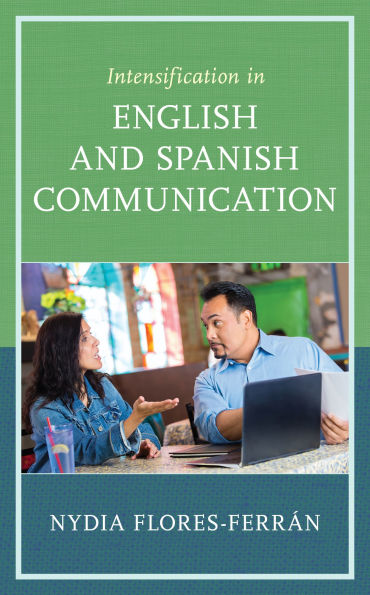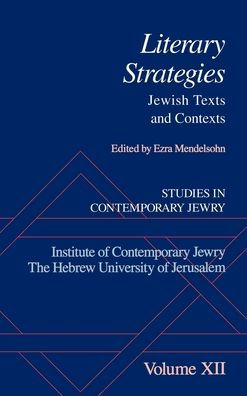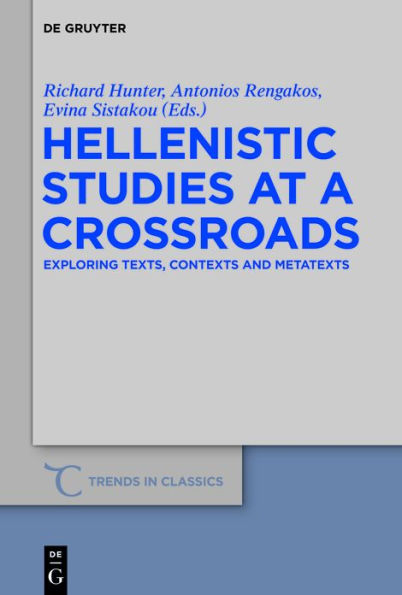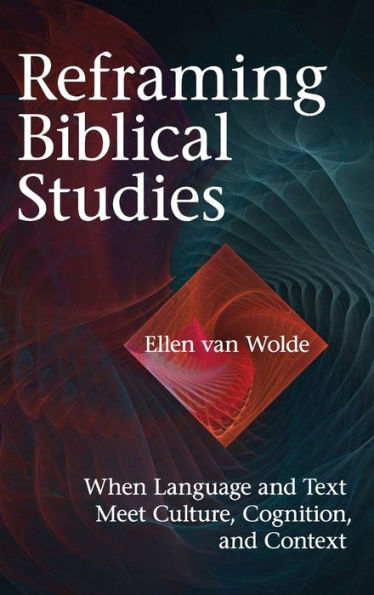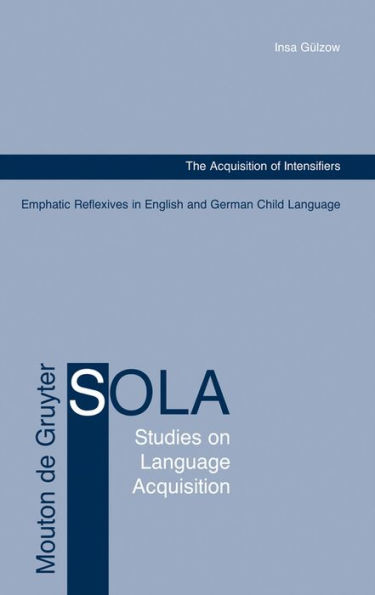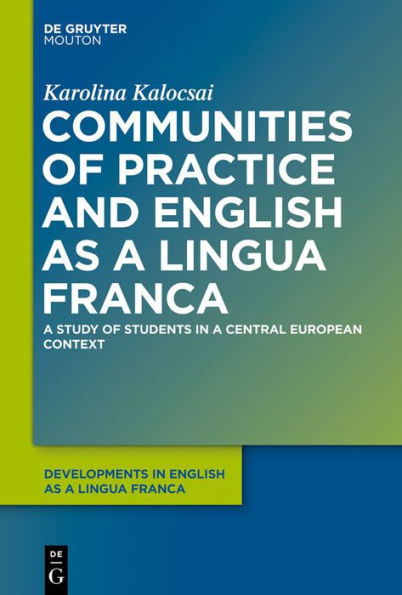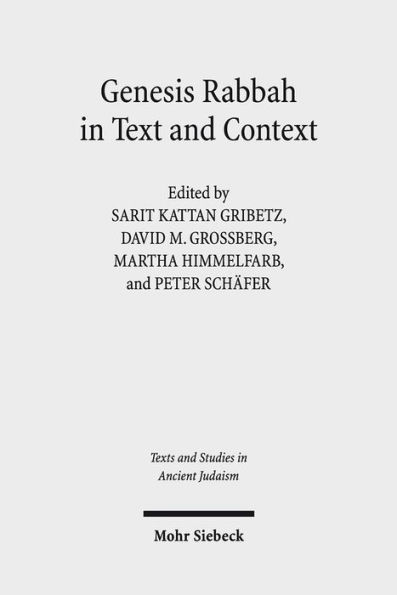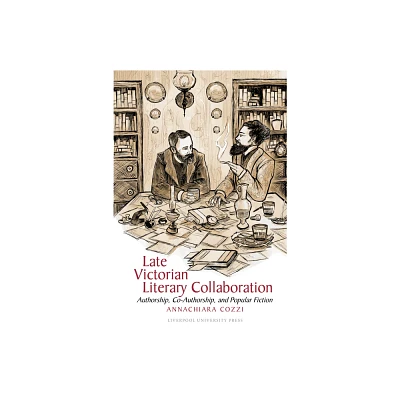Home
Reflexivity and Intensification in English: A Study of Texts and Contexts
Loading Inventory...
Barnes and Noble
Reflexivity and Intensification in English: A Study of Texts and Contexts
Current price: $89.50
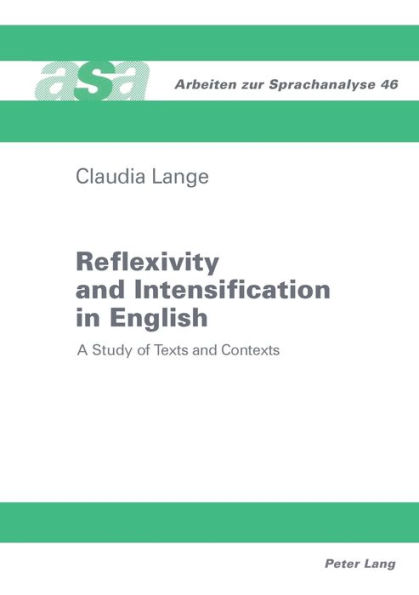

Barnes and Noble
Reflexivity and Intensification in English: A Study of Texts and Contexts
Current price: $89.50
Loading Inventory...
Size: OS
*Product Information may vary - to confirm product availability, pricing, and additional information please contact Barnes and Noble
Present-Day English is unique among the Germanic languages in employing the same forms (
himself
,
herself
etc.) both as reflexive pronoun and intensifier. While a lot of attention has been directed at the grammaticalization of the compound reflexive, the emergence of the compound intensifier has remained largely mysterious. This study is a detailed investigation of the domains of reflexivity and intensification throughout the history of English. It provides a comprehensive analysis of the possible source contexts for SELF-forms in Old and Middle English. Backed up with a wide range of data from early Middle English, the compound intensifier is traced to discourse-pragmatic motivations: expressive strategies linked to specific discourse traditions become rapidly grammaticalized once the former Old English standard gave way to large-scale variation in Middle English.
himself
,
herself
etc.) both as reflexive pronoun and intensifier. While a lot of attention has been directed at the grammaticalization of the compound reflexive, the emergence of the compound intensifier has remained largely mysterious. This study is a detailed investigation of the domains of reflexivity and intensification throughout the history of English. It provides a comprehensive analysis of the possible source contexts for SELF-forms in Old and Middle English. Backed up with a wide range of data from early Middle English, the compound intensifier is traced to discourse-pragmatic motivations: expressive strategies linked to specific discourse traditions become rapidly grammaticalized once the former Old English standard gave way to large-scale variation in Middle English.
